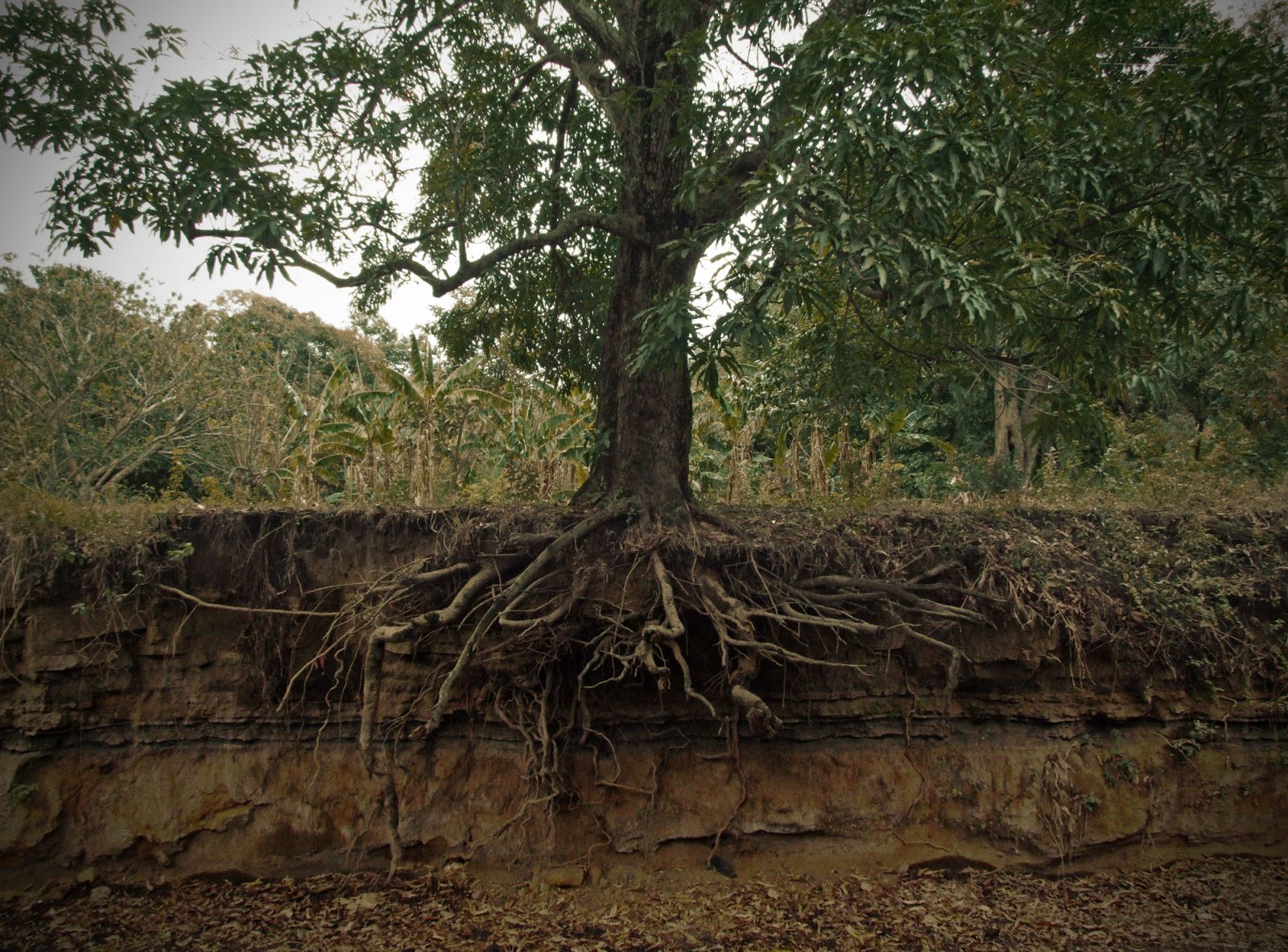Planning Your Planting

Fall is the best time to work on your landscaping. That is because it is much easier on the plants for a variety of reasons. In the fall, it is cooler, which does not put stress on the plants as much. Plants need time to grow an adequate root system to collect water, and planting in the spring or summer does not give plants enough time to grow before they go into shock from the heat and lower availability of water. In the fall there is also usually plenty of water so the root system is able to grow at a natural pace. Plants more easily go into a state of dormancy for the winter where they preserve their energy, and can continue to grow in the springtime before the hot summer months. Early August is a great time to start planning your fall planting.

.jpg) Ground cover is plants that fill in an area of your landscaping. These can be good in certain areas where you would like low maintenance after the plants are established. There are a variety of ground covers that can be planted in areas ranging from mostly shaded to mostly sunny. Sweet Woodruff, Hellebore, Ivy, Lily of the Valley, Pachysandra, European Ginger, Ajuga, Vinca, Sedum, and Isotoma are some different groundcovers that can be used in the Midwest area. Ground cover is useful for shaded areas under trees where you don’t want to have to do a lot of maintenance, or areas with a slight slope that would be difficult to mow, or to fill in beds around large shrubs.
Ground cover is plants that fill in an area of your landscaping. These can be good in certain areas where you would like low maintenance after the plants are established. There are a variety of ground covers that can be planted in areas ranging from mostly shaded to mostly sunny. Sweet Woodruff, Hellebore, Ivy, Lily of the Valley, Pachysandra, European Ginger, Ajuga, Vinca, Sedum, and Isotoma are some different groundcovers that can be used in the Midwest area. Ground cover is useful for shaded areas under trees where you don’t want to have to do a lot of maintenance, or areas with a slight slope that would be difficult to mow, or to fill in beds around large shrubs.
Rust Fungus